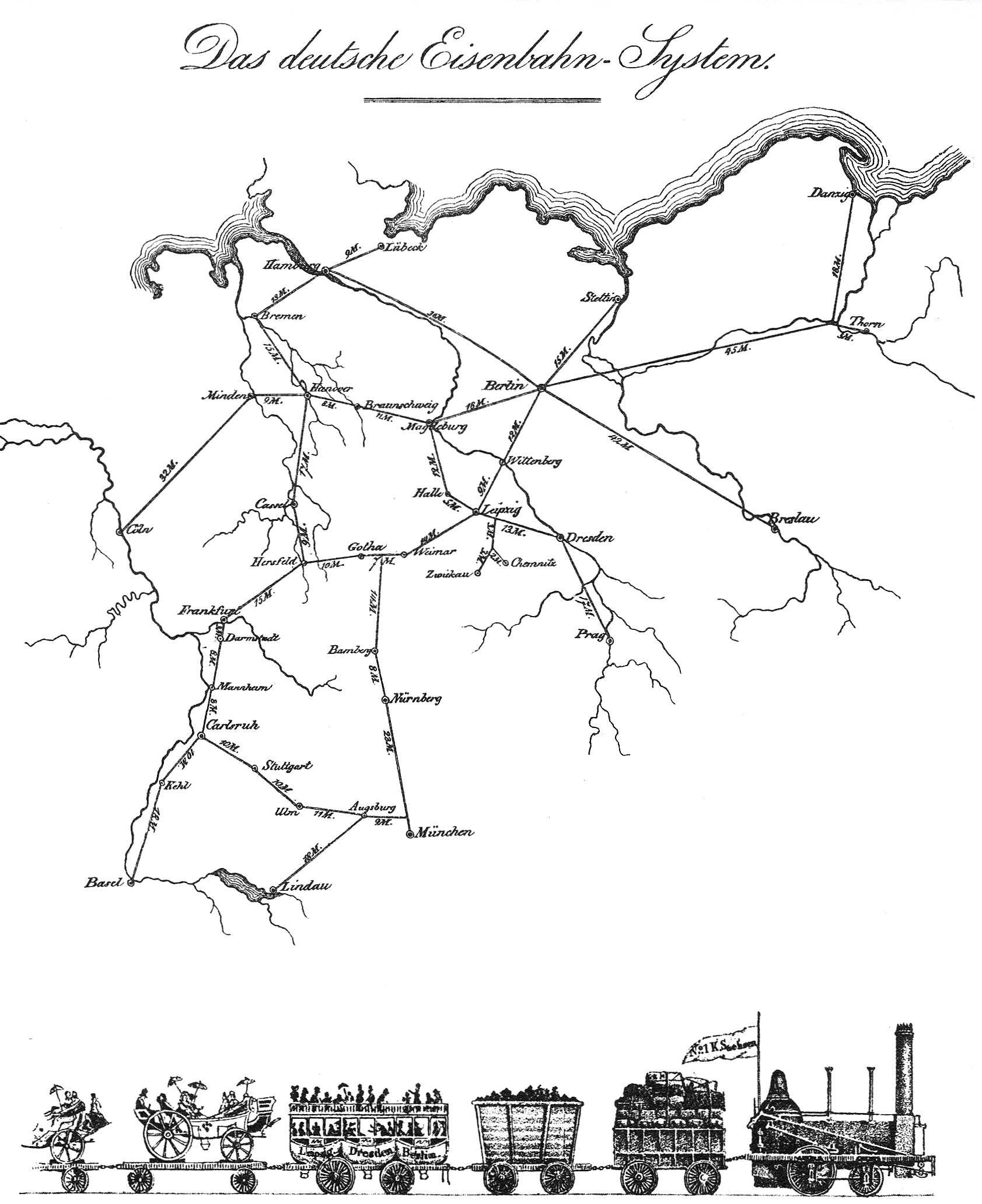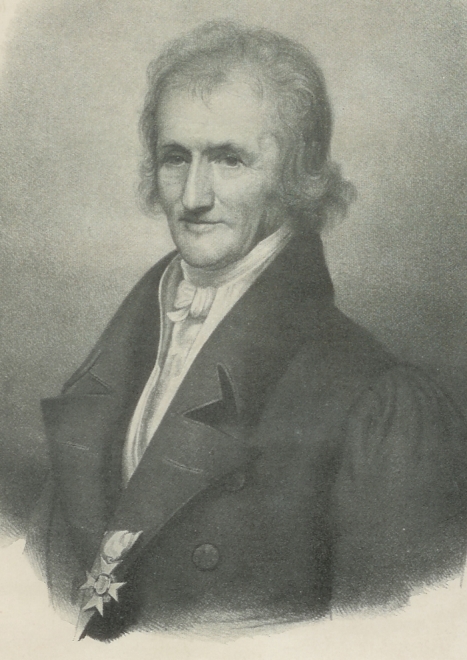|
TU Dresden
TU Dresden (for , abbreviated as TUD), also as the Dresden University of Technology, is a public research university in Dresden, Germany. It is the largest institute of higher education in the city of Dresden, the largest university in Saxony and one of the 10 largest universities in Germany with 32,389 students . The name Technische Universität Dresden has only been used since 1961; the history of the university, however, goes back nearly 200 years to 1828. This makes it one of the oldest colleges of technology in Germany, and one of the country's oldest universities, which in German today refers to institutes of higher education that cover the entire curriculum. The university is a member of TU9, a consortium of the nine leading German Institutes of Technology. The university is one of eleven German universities which succeeded in the German Universities Excellence Initiative, Excellence Initiative in 2012, thus getting the title of a "University of Excellence". The TU Dresde ... [...More Info...] [...Related Items...] OR: [Wikipedia] [Google] [Baidu] |
Victor Klemperer
Victor Klemperer (9 October 188111 February 1960) was a German literary scholar and diarist. His journals, published posthumously in Germany in 1995, detailed his life under the German Empire, the Weimar Republic, the fascist Nazi Germany, Third Reich, and the East Germany, German Democratic Republic. Three volumes of his diaries have been published in English translations: ''I Shall Bear Witness,'' ''To the Bitter End'', and ''The Lesser Evil''. The first two, which cover the period of the Third Reich, have become standard sources and have been extensively quoted. His book Lingua Tertii Imperii, LTI – Notizbuch eines Philologen (Lingua Tertii Imperii: Language of the Third Reich), published in English as ''The Language of the Third Reich'', examined how Nazi propaganda co-opted and corrupted German words and expressions. Early life and education Klemperer was born in Landsberg an der Warthe (now Gorzów Wielkopolski, Poland) as the youngest child of a Jewish family. His pare ... [...More Info...] [...Related Items...] OR: [Wikipedia] [Google] [Baidu] |
Gustav Kafka
Gustav Kafka (23 July 1883, Vienna – 12 February 1953, Veitshöchheim bei Würzburg) was an Austrian philosopher, psychologist. One of Kafka's most outstanding contributions to the realms of psychology have been his critique of fundamentals and methods, such as his criticism of behaviorism, and other articles in which he revealed new points of view based on concrete investigation. His son (4 February 1907, München 17 January 1974, Graz) was a sociologist and jurist. Early life and education Kafka attended school in Vienna where he was born, and later joined the school that was organised by Schotten monks. He became conversant in both English and French from learning at home as a child, then entered the University of Vienna in 1902, where he studied law for one semester before shifting studies to philosophy and psychology. After a semester at G. E. Miller's laboratory in Göttingen, where he became acquainted with Geza Revesz and David Katz, Kafka enrolled at Leipzig wher ... [...More Info...] [...Related Items...] OR: [Wikipedia] [Google] [Baidu] |
Helmholtz Association Of German Research Centres
The Helmholtz Association of German Research Centres () is the largest scientific organisation in Germany. It is a union of 18 scientific-technical and biological-medical research centers. The official mission of the Association is "solving the grand challenges of science, society and industry". Scientists at Helmholtz therefore focus research on complex systems which affect human life and the environment. The namesake of the association is the German physiologist and physicist Hermann von Helmholtz.Helmholtz Association – About Us retrieved 24-May-2012. The annual budget of the Helmholtz Association amounts to €5.8 billion, of which about 70% is raised from public funds. The remaining 30% of the budget is acquired by the 19 individual Helmholtz Centres in the form of contract funding. The public funds are provided by ... [...More Info...] [...Related Items...] OR: [Wikipedia] [Google] [Baidu] |
Forschungszentrum Dresden-Rossendorf
The Helmholtz-Zentrum Dresden-Rossendorf (HZDR) is a Dresden-based research laboratory. It conducts research in three of the Helmholtz Association's areas: materials, health, and energy. HZDR is a member of the Helmholtz Association of German Research Centres. History HZDR is located at the site of the former Central Institute for Nuclear Physics (later: Central Institute for Nuclear Research) in Dresden-Rossendorf, which was founded in 1956 and became the largest nuclear research institute in the GDR. The former research center in Rossendorf was part of the German Academy of Sciences. The German-born British physicist Klaus Fuchs, who took part in the Manhattan Project and acted as a spy for the Soviet Union, was deputy director until 1974. In 1992, Forschungszentrum Rossendorf was founded at the research site. In 2006 the name changed to "Forschungszentrum Dresden-Rossendorf", to emphasize the connection to the research infrastructure in the city of Dresden. In 2011 the ce ... [...More Info...] [...Related Items...] OR: [Wikipedia] [Google] [Baidu] |
Max Planck Society
The Max Planck Society for the Advancement of Science (; abbreviated MPG) is a formally independent non-governmental and non-profit association of German research institutes. Founded in 1911 as the Kaiser Wilhelm Society, it was renamed to the Max Planck Society in 1948 in honor of its former president, theoretical physicist Max Planck. The society is funded by the federal and state governments of Germany. Mission According to its primary goal, the Max Planck Society supports basic research, fundamental research in the natural science, natural, life science, life and social science, social sciences, the arts and humanities in its 84 (as of January 2024) institutes and research facilities. , the society has a total staff of 24,655 permanent employees, including 6,688 contractually employed scientists, 3,444 doctoral candidates, and 3,203 guest scientists. 44.9% of all employees are female and 57.2% of the scientists are foreign nationals. The society's budget for 2023 was about � ... [...More Info...] [...Related Items...] OR: [Wikipedia] [Google] [Baidu] |
Gottfried Wilhelm Leibniz Scientific Community
The Leibniz Association (German: ''Leibniz-Gemeinschaft'' or ''Wissenschaftsgemeinschaft Gottfried Wilhelm Leibniz'') is a union of German non-university research institutes from various disciplines. Funding and Structure As of 2020, 96 non-university research institutes and service institutions for science are part of the Leibniz-Gemeinschaft. The fields range from natural science, engineering, and ecology, to economics, other social sciences, spatial science, and humanities. The Leibniz Institutes work in an interdisciplinary fashion, and connect basic and applied science. They cooperate with universities, industry, and other partners in different parts of the world. Taken together, the Leibniz Institutes employ 20,000 people and have a budget of €1.9 billion. Leibniz Institutes are funded publicly to equal parts by the federal government and the Federal states (Bundesländer). Every Leibniz institution is evaluated by the Leibniz Senate regularly, at a minimum of once eve ... [...More Info...] [...Related Items...] OR: [Wikipedia] [Google] [Baidu] |
Fraunhofer Society
The Fraunhofer Society () is a German publicly-owned research organization with 76institutes spread throughout Germany, each focusing on different fields of applied science (as opposed to the Max Planck Society, which works primarily on Basic research, basic science). With some 30,800 employees, mainly scientists and engineers, and with an annual research budget of about €3.0billion, it is the biggest organization for applied research and development services in Europe. It is named after Joseph von Fraunhofer who, as a scientist, an engineer, and an entrepreneur, is said to have superbly exemplified the goals of the society. Some basic funding for the Fraunhofer Society is provided by the state (the German public, through the federal government together with the states or ''States of Germany, Länder'', "owns" the Fraunhofer Society), but more than 70% of the funding is earned through contract work, either for government-sponsored projects or from industry. Since the 1990s th ... [...More Info...] [...Related Items...] OR: [Wikipedia] [Google] [Baidu] |
Friedrich List
Daniel Friedrich List (6 August 1789 – 30 November 1846) was a German entrepreneur, diplomat, economist and political theory, political theorist who developed the Economic nationalism, nationalist theory of political economy in both Europe and the United States. He was a forefather of the German historical school of economics and argued for the Zollverein (a pan-German customs union) from a nationalist standpoint. He advocated raising tariffs on imported goods while supporting free trade of domestic goods and stated the cost of a tariff should be seen as an investment in a nation's future productivity. His theories and writing also influenced the American School (economics), American school of economics. List was a political liberal who collaborated with Karl von Rotteck and Carl Theodor Welcker on the ', an encyclopedia of political science that advocated constitutional liberalism and which influenced the ''Vormärz''. At the time in Europe, liberal and nationalist ideas were al ... [...More Info...] [...Related Items...] OR: [Wikipedia] [Google] [Baidu] |
Tharandt
Tharandt () is a municipality in Saxony, Germany, situated on the Weißeritz, southwest of Dresden. It has a Protestant Church and the oldest academy of forestry in Germany, founded as the Royal Saxon Academy of Forestry by Heinrich Cotta in 1811, together with its arboretum, the Forstbotanischer Garten Tharandt. In 2002, a severe flood destroyed many of the academy buildings and the library, including some of its more-than-500-year old books. The academy was rebuilt and today has about 650 students and is famous for its long traditions of educating students from all over the world in (tropical) forestry, resource management and sustainable land use. In the early 20th century, Tharandt was a favorite summer resort of the people of Dresden, one of its principal charms being the magnificent beech woods which surround it. Personalities connected to the town * Heinrich Cotta (1763–1844), a forestry scholar, lived in Tharandt since 1811, where he was director of the Royal Saxon Fo ... [...More Info...] [...Related Items...] OR: [Wikipedia] [Google] [Baidu] |
Royal Saxony Academy Of Forestry
The Royal Saxon Academy of Forestry (German: ''Königliche-Sächsische Forstakademie'') in Tharandt, Saxony, near Dresden, was founded by silviculturist Heinrich Cotta in 1811. Established in conjunction with the school, and later integrated with it, was the Forstbotanischer Garten Tharandt, one of the oldest arboreta in the world. Its legacy lives on today as a campus of the Dresden University of Technology and site of that institution's Department of Forestry. History In Saxony, as in other parts of Germany, there were concerns that forests might be over-exploited and needed to be properly managed. In 1810, Heinrich Cotta was appointed to a government forestry post under Frederick Augustus I of Saxony. He also taught forestry, but the forestry school was initially run on a private basis. In 1813, the school was visited by Johann Wolfgang von Goethe. In 1816, after the end of the Napoleonic Wars, Cotta obtained state support for the school, which became the ''Königlich-Säc ... [...More Info...] [...Related Items...] OR: [Wikipedia] [Google] [Baidu] |
German Reunification
German reunification () was the process of re-establishing Germany as a single sovereign state, which began on 9 November 1989 and culminated on 3 October 1990 with the dissolution of the East Germany, German Democratic Republic and the integration of its re-established constituent federated states into the West Germany, Federal Republic of Germany to form Germany, present-day Germany. This date was chosen as the customary German Unity Day, and has thereafter been celebrated each year as a national day, national holiday. On the same date, East Berlin, East and West Berlin, West Berlin were also reunified into a single city, which eventually Decision on the Capital of Germany, became the capital of Germany. The East German government, controlled by the Socialist Unity Party of Germany (SED), started to falter on 2 May 1989, when the removal of Hungary's border fence with Austria opened a hole in the Iron Curtain. The border was still closely guarded, but the Pan-European Picn ... [...More Info...] [...Related Items...] OR: [Wikipedia] [Google] [Baidu] |






